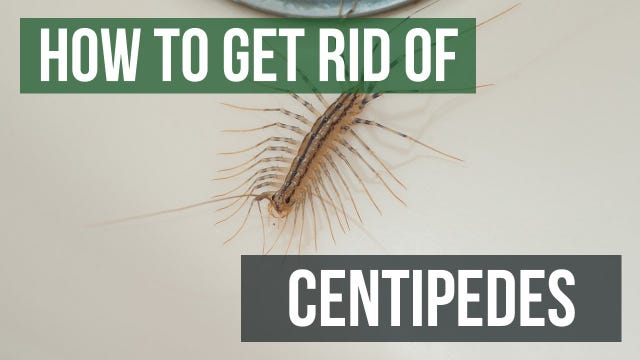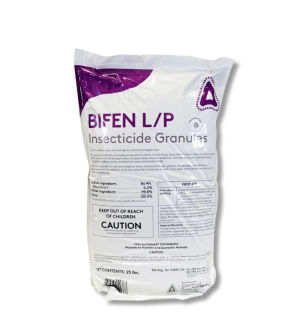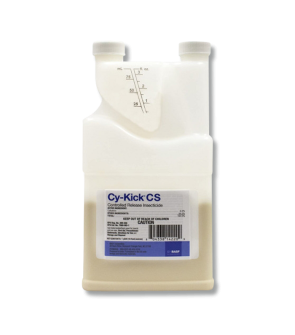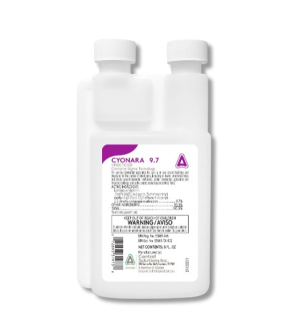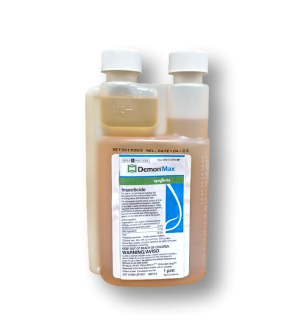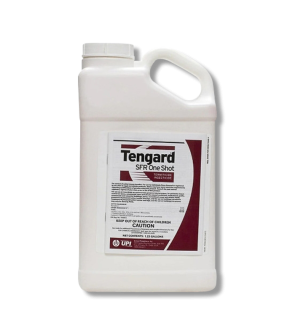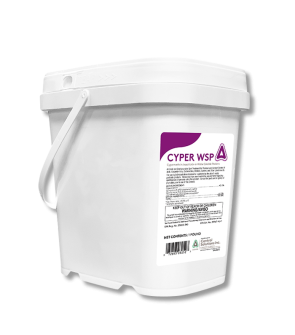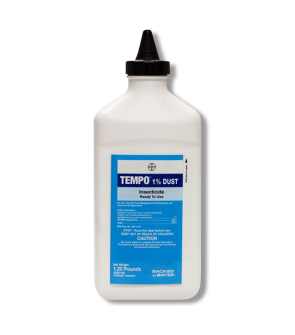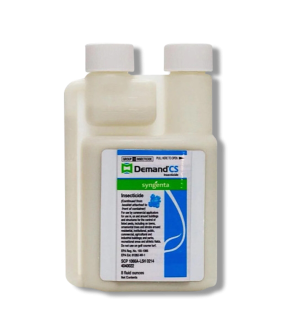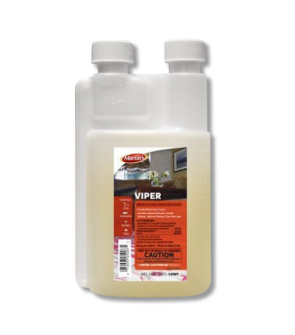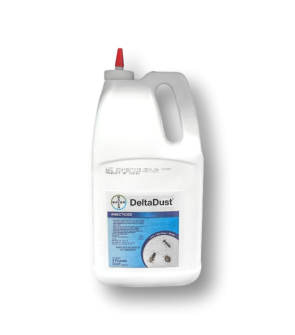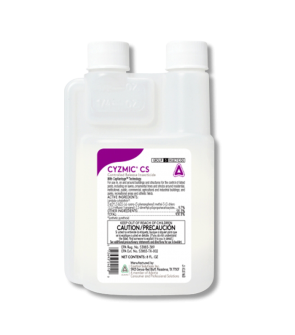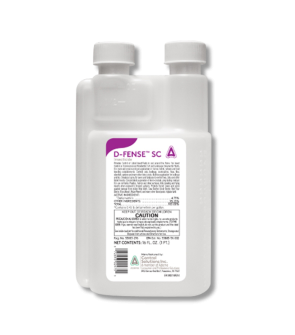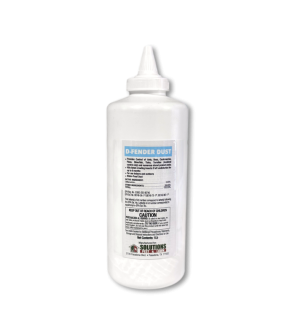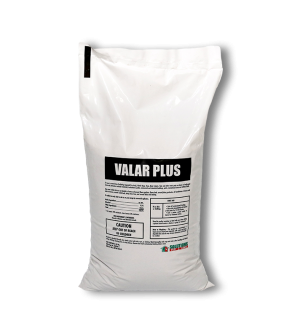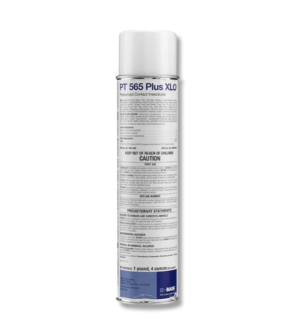Gain access to personalized product screening, the best pricing, rewards, and more!
Most Effective Products
Centipede Control: How To Get Rid of Centipedes
This page is a general centipede control guide. Using the products and methods suggested, you will get control of centipedes. Follow this guide and use the recommended products; we guarantee 100% control of centipedes.
Centipedes can be a startling bug on a property, but believe it or not, they are pretty common in most gardens and lawns. Centipedes are elongated arthropods with a segmented body and many legs (most commonly 15 pairs).
The creepy centipede is most commonly found inside the home in cool, damp locations and areas that provide adequate moisture. You might find them in bathrooms, basements, closets, and even close to drains.
Centipedes are nocturnal and might have entered your home through cracks and crevices in the concrete slabs and plumbing. Because their primary food source is other insects, the presence of centipedes usually indicates a large population of other insects that may attract them to your home.
If you are looking for a solution to get rid of centipedes invading your property, this DIY guide can help. Read on to learn about centipedes and how to control them using expert techniques and professional-grade products.
Identification
It is important to properly identify the pest you are dealing with, which is indeed a centipede. Misidentification of pests can lead to using the wrong treatment method, wasting time and money. Here are identifying traits of centipedes to watch out for:

- Ranging between 1 inch to 6 inches long, the name centipede means “a hundred legs,” even though they don't have that many. Centipedes can grow to the point where they have 30 to 300 pairs of legs. They come in various colors, but most common house centipedes are light brown or yellowish.
- Centipedes are arthropods often confused with a similar insect called millipedes. However, some traits separate the two. For example, centipedes move very fast, while millipedes move much slower.
- Centipedes have an odd gyration when they crawl, which may appear creepy. They are predators, like to eat other insects, and will bite if handled.
- Depending on the species, centipede bites can range from minor to venomous but not lethal. Venomous centipedes use the venom to paralyze their prey. No matter the case, taking one into your own hands is not a wise decision.
Use the description and image above to help you properly identify centipedes on your property. If you are not totally sure, contact us, and we will help you with correct identification.
Inspection
After confirming that you are dealing with centipedes, you should inspect them to find out where they are active. This will also help you know where to focus your treatment applications.

Where To Inspect
Centipedes enjoy living in damp environments to keep from drying out. This is why they are often found outdoors under rocks, tree bark, and leaves and indoors in basements and bathrooms where there is plenty of moisture for them to be comfortable.
What To Look For
You're looking for damp or high moisture environments where centipedes thrive and the centipedes themselves. Look in storage boxes, equipment, and general clutter in basements and garages. In the yard, observe mulched areas under bricks, stones, leaf litter, woodpiles, and decaying materials.
It would be best if you also looked around the exterior perimeter of your home for possible points of entry where centipedes may have found a way in.
Treatment
Once you have confirmed centipede activity, it is time to begin treatment. Remember to read all product labels, follow the application instructions on them, and wear personal protective equipment to stay safe.
Treating centipedes requires indoor and outdoor treatment and addressing insects that attract them to the property. Outdoors, we suggest using Supreme IT Insecticide as a barrier treatment around your home perimeter.
Indoors, we recommend a combination of D-Fender Dust to treat tight areas and tight points of entry and Solutions Pro Glue Boards for trapping.
Step 1: Address Moisture Issues
Before utilizing pesticides, you should address the high moisture sites you detected during the inspection. Indoors, you may need to repair leaks or reduce moisture in damp areas with a dehumidifier or air conditioner.
Outdoors, you should carry out cultural practices to promote air circulation and water evaporation. Some things you can do include raking and dethatching your lawn and cutting down overhanging tree branches to ensure your lawn retains the proper amount of water.
Step 2: Outdoor Treatment with Supreme IT
Part of reducing the likelihood of centipede activity is reducing insect activity with Supreme IT Insecticide since centipedes eat insects for their survival and may be frequenting your property because there are plenty of insect options to eat.
Supreme IT is an insecticide concentrate with repellent qualities designed to control over 70 insect pests. The best part about Supreme IT is its residual effect, as the product can remain effective for up to 90 days after application.
Mix 0.25 to 0.5 ounces of Supreme IT with a gallon of water in a pump sprayer. This application rate will treat 1,000 square feet.
First, make a broadcast application over your entire lawn, ornamental beds, overlaid bricks, and other areas to address insects that centipedes hunt as a food source.
Next, you will do a perimeter treatment all around the foundation of your structure. You will spray 3 feet up and 3 feet out from the foundation to do this. Go around your property this way while spraying window frames, door frames, eaves, soffits, rain gutters, electrical/plumbing penetrations, and small cracks and crevices.
You can also treat your home indoors, but be aware that Supreme IT is limited to spot applications and crack and crevice applications around plumbing and baseboards.
After spraying, do not let people or pets enter treated areas until the spray has completely dried.
Step 3: Apply D-Fender Dust
Centipedes often move in and out of a home through small gaps and holes, using them as points of entry. They also hide in tight cracks and crevices that most pesticides can't reach. This is when D-Fender Dust is useful. D-Fender Dust is a moisture-resistant insecticidal dust that will be perfect for targeting centipedes' hiding spots and will work for up to 8 months.
To use D-Fender Dust, you will need a handheld duster. Simply fill your handheld duster halfway with D-Fender Dust and leave plenty of room inside for the air to circulate. Close the duster and apply it by squeezing on it.
The typical rate of application is 0.5 lbs. per 1,000 sq. ft.
Apply D-Fender Dust in cracks and crevices in rooms where you have noticed centipede activity. Check under the sink where plumbing penetrates walls in bathrooms and kitchens, and apply D-Fender Dust inside this opening.
Also, apply this product in small cracks and crevices inside the home, in basements along baseboards, and in small openings. Do this in all rooms of your home that are prone to moisture buildup.
Step 4: Trap Centipedes with Solutions Pro Glue Boards
If you suspect a centipede in your home but are unsure where it is, lay the Solutions Pro Glue Boards to capture the invading pests. This glue board allows for complete coverage around an average-sized home or property.
Unpeel the protective film and place it alongside entry points in the home where centipedes might enter. You can put them in the garage, outside patio doors, and especially in the basement, where many insects are most likely to be harboring.
Place the traps about 10 to 15 feet apart to catch any wandering centipedes that might have escaped the previous treatments.
Prevention
After centipedes have been removed, prevention will be the final step for control. Some preventative measures you can take against centipedes are explained below:
- You can do many things around your home to prevent centipedes, but start by sealing cracks and crevices outside your property. By closing any potential entry points into your home, insects (including centipedes) won’t be able to get inside the structure.
- To prevent insects from entering the property, you can use caulk or pest control foam to fill openings, cracks, and crevices outside. Consider adding screens to your drains. This will prevent insects from coming inside your property from the plumbing and seal potential hiding places.
- In places where high moisture builds up, like the basement and crawl spaces or even the bathroom, do your best to fix any plumbing leaks. You can also consider using a dehumidifier to reduce moisture in these rooms. Use caulk to seal up cracks, crevices, and other points of entry into your home.
- Continue to apply Supreme IT treatments every 90 days around your home and property to reduce the insect population and keep centipedes away long-term.
Key Takeaways
What are Centipedes?
- Centipedes are arthropods that commonly infest homes. They are often lured by the abundance of insects on the property.
- If centipedes live in your home, you likely have other pests on which they feed. In short, to control and eliminate centipedes from your home, you must also eliminate their food source.
How To Get Rid of Centipedes
- To eliminate centipedes from your home and lawn, use a combination of Supreme IT Insecticide, D-Fender Dust for voids and crevices, and Solutions Pro Glue Boards.
- These products address centipedes not only directly but also indirectly by removing the food source that is attracting them to your property.
Preventing Centipede Reinfestations
- Prevent potential reinfestations of centipedes by sealing cracks and crevices outside your home to prevent insects (and centipedes as a result) from coming inside and reduce moisture as much as possible.






